

Last 2013, the European Commission invested €1billion over ten years to launch the Graphene Flagship Project. With this project, they aim to study graphene to improve the aeronautical field.
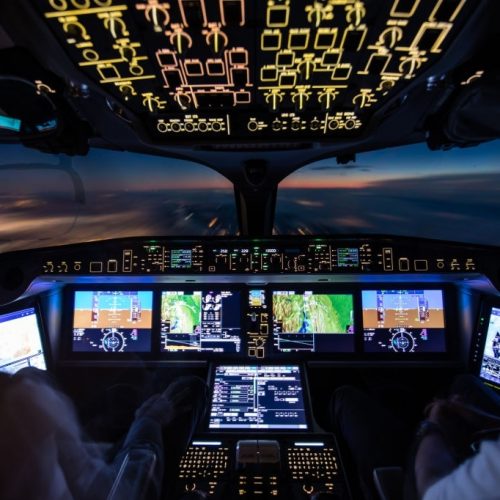

A simple principle in the automotive industries is that the heavier the vehicle, the more fuel it consumes. For most vehicles like cars, it talks about acceleration, and the same goes for planes regarding lifting.
A plane can start to lift when it reaches the needed velocity, assisted by the forward thrust. The forward thrust consumes fuel and can be easier done with lower mass.
Since graphene provides lightweight but strong resistance, it can play an integral part in constructing a plane. This can allow the overall mass of an aircraft to significantly increase without sacrificing the strength.
Furthermore, reducing the weight of the plane can result in many advantages. First, it can cut costs as flying the aircraft will consume less fuel during its take off. By consuming less energy, a flight can cover more distance. Lastly, reducing fuel consumption helps reduce carbon emissions, making the aviation industry more sustainable.
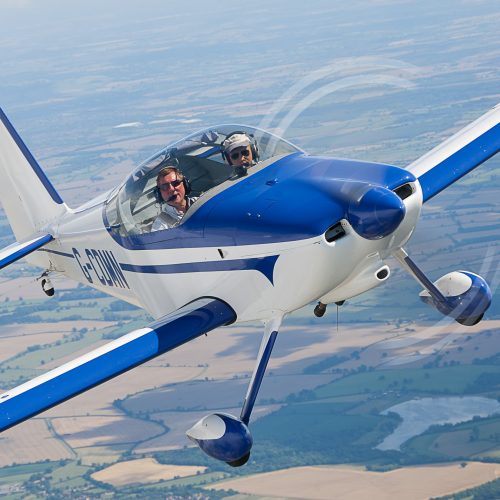
Due to innovation in the automotive industry, manufacturers have started producing electric vehicles, primarily cars. Now, the aviation industry has begun its move to implement electrical transportation. This can lessen the use of fuel, thus gaining sustainability. However, manufacturers find electric planes harder to innovate as they will require a large amount of electricity to power. Only heavy batteries can store that amount of electricity, meaning it will significantly increase the plane’s weight.
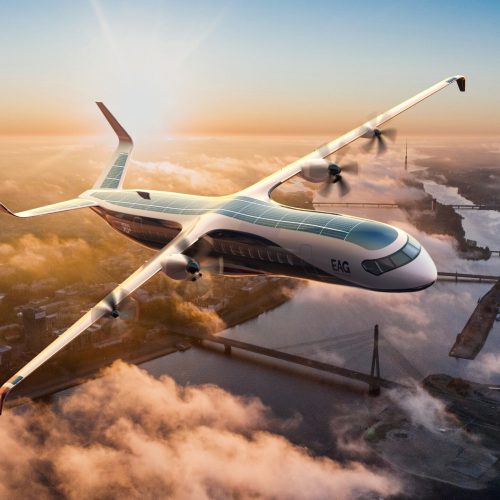
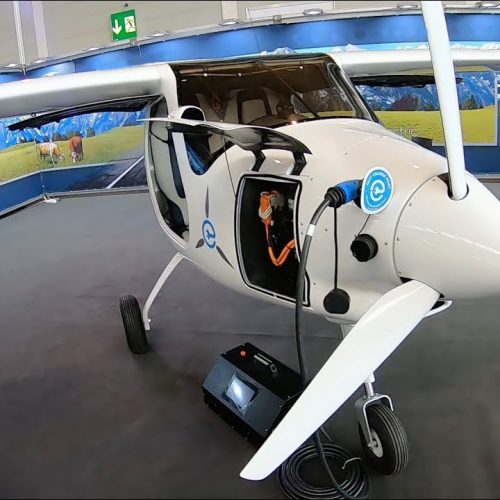
Moreover, utilising graphene to produce parts of the plane will significantly decrease the aircraft’s weight, meaning the amount of electricity required to power an electric plane will decrease as well, and a heavier battery will no longer be necessary. However, the materials utilisation does not end there, for graphene can also be used in the battery.
Producing graphene batteries has the potential to make machines more innovative. It can make conduction faster and can have more storage for electricity. Not only that, it can provide lightweight batteries, which are essential for aeroplanes. It can also have a short charging time compared to other massive batteries.
Carbon fibre in aircraft helps the wings become more aerodynamic, however, manufacturers can only use carbon fiber if it has a medium, which usually is plastic. Yet, using graphene here can make the wings lighter and stronger while still being a medium for the carbon fibre to hold on.
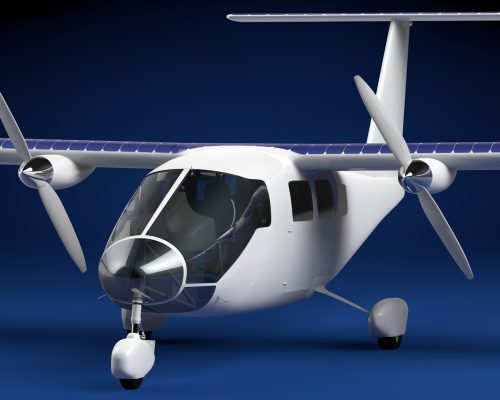
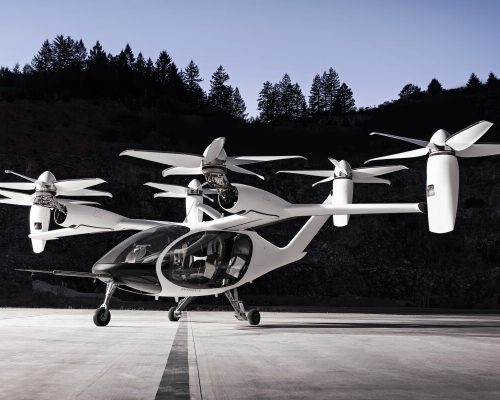
With all the benefits of graphene and its properties, the EU Commission started the Graphene Flagship Project to utilise it. The project they initiated paves the way for multiple industries to adopt the innovation.
The aviation industry looks to shorten the time on the ground. Last 2018, worldwide support, fix, and redesign costs came to $69 billion, addressing 9% of carrier operational expenses. Commercialists anticipate that it could reach $103 billion by 2028.
During freezing circumstances, de-icing turns into a fundamental and challenging security perspective as frozen impurities jam control surfaces, keeping them from working ordinarily. De-icing liquid prices estimate between €1,000-10,000 for smaller to larger private planes. The time, offices, vehicles, and faculty required for de-icing rapidly adds tremendous costs to effectively high working expenses.
Financed by Graphene Flagship and Airbus, the latest lead project GICE plans to create graphene-based thermoelectric ice insurance frameworks. The venture spins around keeping the aeroplane parts without ice, without influencing aerodynamic properties.
To provide support for the project, Sonaca, a company that supplies Airbus, aims to join the research. With Sonaca joining, they expect the ice insurance framework that utilises graphene to reach new levels of innovation.

The flow generally utilising de-icing framework requires air terminal staff to splash the airplane with either ethylene glycol or propylene glycol blended with liquid until the impurities are eliminated. Other explored materials to support this framework are carbon dark, carbon rovings, or carbon nanotubes. In any case, the prevalence of graphene as a conductive material has started the investigation in this area. A solid and modest graphene-based ice assurance framework is in the advancement stage. The GICE project will work to market utilising an electrical flow to change into warmth and liquefy the ice.
Experts believe that they can change the chemical composition of graphene to offer a broader scope of use. Due to the pursuance of the Graphene Flagship project, manufacturers produced the first graphene-skinned wings. They used the wings to fly ‘Prospero,’ their initial model aeroplane. They tested the aircraft at the Farnborough International Airshow in the UK, showing successful results. An endeavour between The University of Manchester, the University of Central Lancashire, and a few SMEs uncovers new methods in exploring the impacts of graphene material in drag decrease, warm administration, and potential lightning strike security.
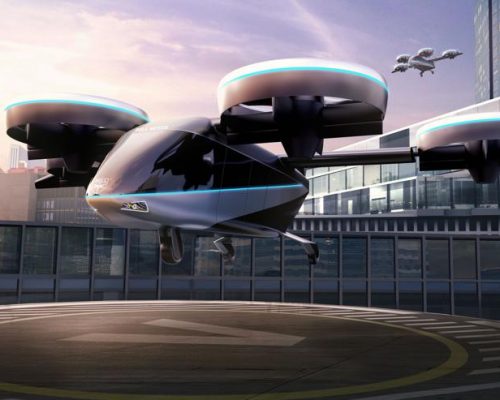
Fill the form below: